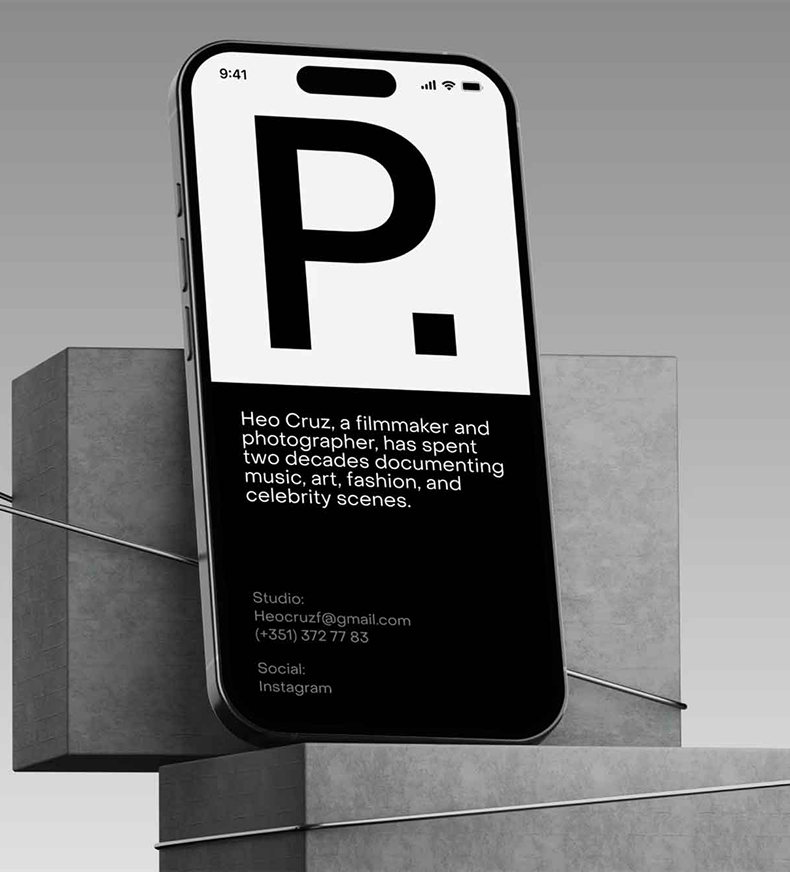Introduction
Front-end development has become increasingly dynamic and critical to user engagement. In 2025, delivering lightning-fast, responsive, and accessible interfaces is no longer optional — it’s the baseline expectation. As agencies and global startups compete in a digital-first economy, adopting modern best practices in front-end development can directly impact brand perception, retention, and revenue.
Why Front-End Excellence Matters
Your front-end is the first and most consistent touchpoint users have with your platform. It determines:
- Speed of interaction
- Visual trust
- Accessibility
- Conversion success
Agencies and startups that prioritize front-end performance and UX often see higher SEO rankings, lower bounce rates, and stronger client loyalty.
Best Practices for Front-End Development in 2025
1. ⚡ Prioritize Performance First
- Implement lazy loading for images and components
- Use code splitting and tree shaking
- Minimize use of heavy third-party libraries
Tools: Lighthouse, WebPageTest, Chrome DevTools
2. 📱 Design for Mobile First
With over 60% of global traffic from mobile:
- Use fluid layouts with relative units (em, rem, %, vw)
- Avoid fixed pixel sizes
- Optimize touch targets and gestures
3. 🧠 Use Component-Based Architecture
Frameworks like React, Vue, and Svelte enable clean, reusable, testable UI logic — boosting maintainability and speed.
Tip: Combine components with Storybook for scalable design systems.
4. 🎨 Follow Modern Design Systems
Adopt or create design systems for consistency:
- Use tools like Figma Tokens, Tailwind CSS, or CSS Variables
- Centralize typography, spacing, and color schemes
5. ♿ Make Accessibility a Core Priority
Accessibility is no longer a bonus — it’s expected.
- Use semantic HTML
- Include ARIA labels where needed
- Ensure keyboard navigation and screen reader compatibility
Tools: Axe, WAVE, Lighthouse Accessibility
6. 🧪 Automate Testing
Front-end testing ensures stability across devices and updates:
- Unit Testing: Jest, Vitest
- E2E Testing: Cypress, Playwright
- Visual Regression Testing: Percy
Technologies to Watch in 2025
- React Server Components
- Qwik for ultra-fast rendering
- CSS Container Queries
- AI-powered code assistants (like Copilot and Cody)
These technologies are shifting how developers structure and deliver UI.
Conclusion
Front-end development in 2025 demands speed, accessibility, and modularity. Whether you’re building for a startup MVP or scaling a global platform, following these practices helps ensure your UI is robust, future-proof, and conversion-optimized.




